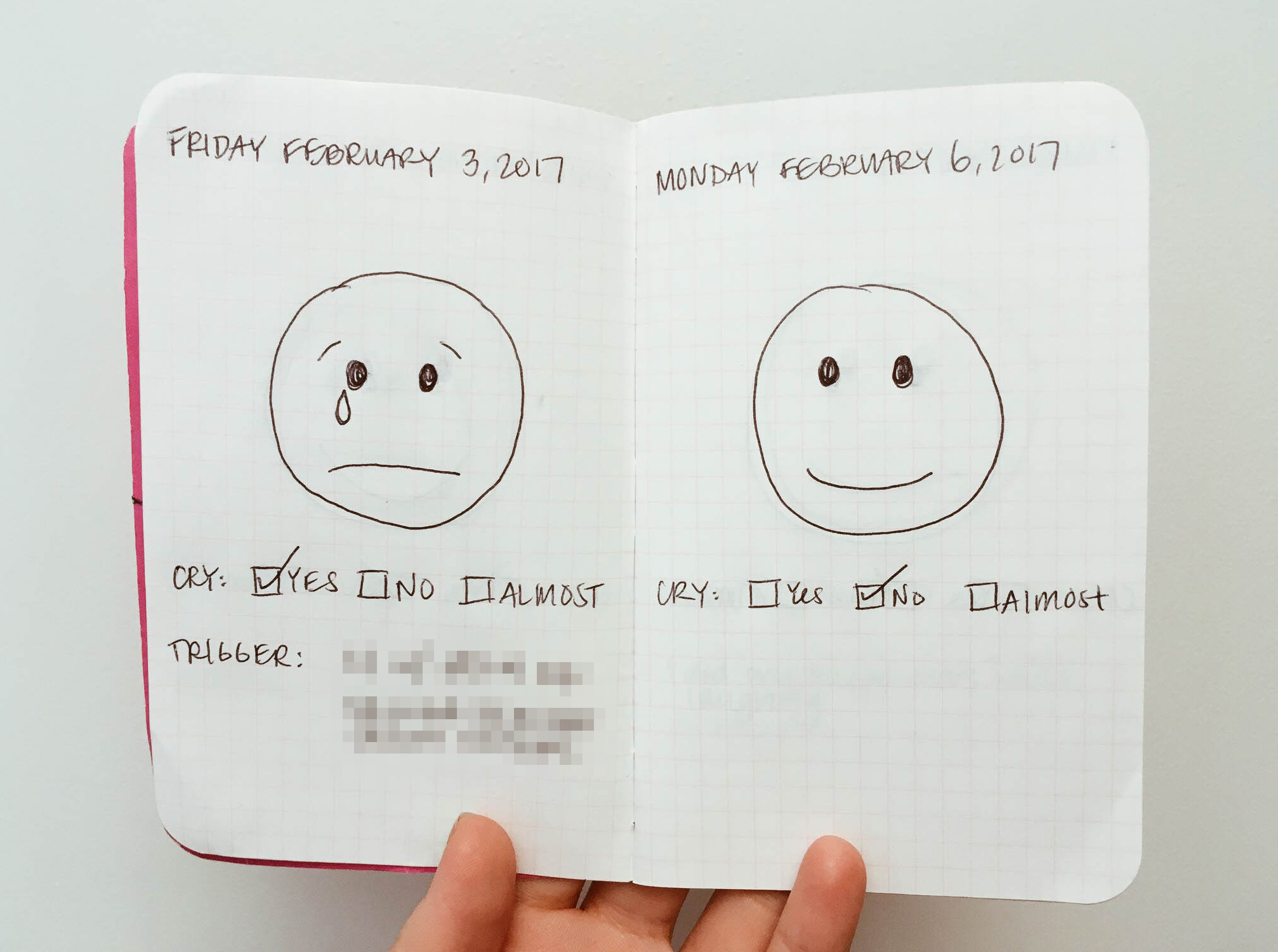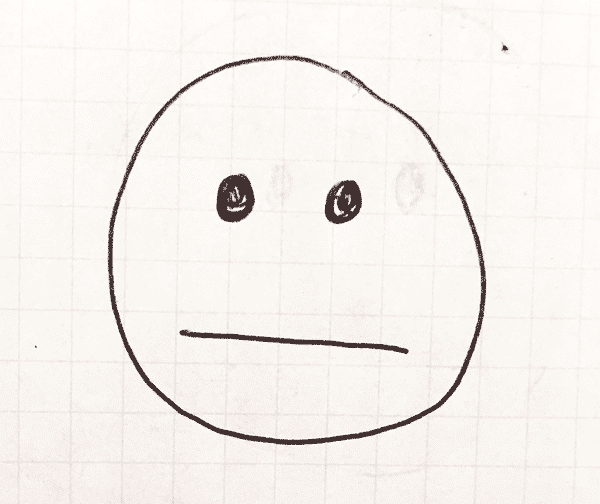Crying
I cry pretty easily. Crying is emotional relief for me and is usually a sign of stress or feeling overwhelmed. It’s not always a bad thing, either; I cry at commercials, at weddings, while watching Grey’s. But usually if I’m crying, it’s because of some kind of intense emotion.
The past year was pretty tough on me at work. I was working on a project that I loved, but it was incredibly complex and overwhelming at times. I was promoted, which was amazing, but it came with self-imposed expectations and a huge dose of imposter syndrome. For awhile, I was able to juggle all of the work and the emotions. Until suddenly I wasn’t. And I found myself crying a lot.
Crying about work (and at work) is not new to me. Erin and I would escape to the top of the parking garage at our first job and cry. I cried in the bathroom at my previous job (luckily it was a single-occupancy bathroom), or I’d walk around the Lower East Side and cry on the street. (Public crying in New York is quite the phenomenon.)
It took me about 3 years to really hit my crying stride at my current job; for a long time, there wasn’t much to cry about. But then I found myself crying regularly. I was easily triggered. Sometimes I’d have to focus all my energy on not crying in a meeting. Crying went from an occasional stress reliever to a regular occurrence. Something needed to change.
Around this time, we implemented a goal-setting process at work. Goals could be tied to larger team goals, to professional development, or they could be personal goals. I joked to Erin that my goal should be to not cry at work. I smirked at the thought of entering that ridiculous, snarky goal into our HR system. But then I realized that if I was taking care of myself and dealing with my problems in a healthy way, then there should be no reason to cry at work.

So, I converted a pink Field Notes into a daily cry journal. (I got the notebook from XOXO, which felt pretty appropriate.) At the end of each day, I drew a face illustrating my emotions and marked whether I had cried (yes, no, almost). If I cried, I wrote down what the trigger was. This way, I could keep track of the things that were causing me stress and setting me off. And I told my manager, Jason, about this plan so he could hold me accountable.

I did this for two and a half months. And I realized a few things.
First, I realized that I was crying more than I thought I was. I have a habit of suppressing emotions at times (“I’m fine”, “It’s fine”) and this gave me data on how fine I actually was. I couldn’t hide from the fact that there was a lot that was stressing me out.
Second, that data made me realize that I wasn’t crying as often as I told myself I was. I know that’s in complete contradiction to the previous statement, but this journal made me appreciate how many tear-free days I had. A side effect of stress and anxiety is thinking that everything is awful. There were some really good days, and I had a record of those days. (One day, I even cried happy tears.)
Third, I could pinpoint exactly what was triggering me. It’s easy to get overwhelmed by stress, especially when it feels like it’s coming from all sides. Understanding the source of the stress, big or small, was an important part of this process.
And most importantly, I practiced asking for help. I talked to Jason about what was triggering me. And we worked together to figure out how to make those things better. I can’t expect to be able to handle everything on my own, no matter my title, and the pressure I was putting on myself was incredibly unhealthy. One by one, Jason and I came up with plans to deal with the things causing me stress.

All of my feelings
Technically, I didn’t hit my goal. I haven’t stopped crying and I don’t think I will; crying will always be part of how I deal with my emotions. But I feel more capable of recognizing the good kind of crying from the bad kind. And I feel more equipped to handle my next slump, whenever that may be.
Too real. pic.twitter.com/lFL8GzqFfx
— Jessica Harllee 🌞 (@harllee) January 5, 2017
Posted Jun 25, 2017